Please contact us at:+81-977-22-0713
Address:3088-176, Noguchibaru, Beppu, Oita 874-0903, Japan
Location
Location of Institute Geothermal Sciences
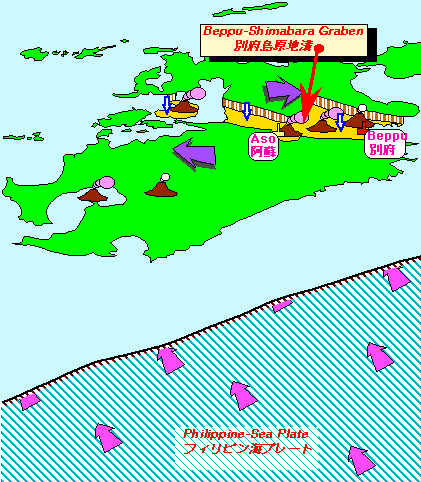
Geothermal sciences within the "Beppu-Shimabara Graben"
The regional graben-like structure in central Kyushu, which extends from Beppu bay to the Shimabara peninsula via the Kuju and Aso volcanoes is sometimes called the "Beppu-Shimabara graben". It is about 200 km E-W long and 20-30 km N-S wide. Active volcanoes such as Tsurumi, Kuju, Aso, Unzen, and geothermal areas are found inside the graben. The origin of the Beppu-Shimabara graben is still an open question. Some investigators even refuse to consider it as a real "graben". Others emphasize the difference between the Hohi volcanic region and the western side of the "graben". In any case, subduction of the Philippine sea plate has certainly played an important role in tectonic, volcanic and geothermal activity in central Kyushu and is inevitably related to the structural origins of this region.
Beppu hotspring
The Beppu hotspring is located at the eastern edge of The Beppu-Shimabara graben and is one of the largest geothermal fields in Japan. Fumarolic and hotspring
activity spreads out up from the Tsurumi volcanic group down to the eastern coast of Beppu city, over a 5km (E-W) by 8km (N-S) range. The central part of the
hotspring field formerly subsided and was covered with debris-avalanches from the mountains behind, with the northern and southern edges of the field being
bounded by two fault- systems striking along an almost E-W direction, respectively. The number of hot spring-wells drilled is 3,000. Flow rate of the hotspring
water including fumaroles and heat flow amounts to 50,000 tons/day and 350 MW, respectively.
The highland region spouts fumaroles and hydro-thermal water, whereas the lowland region bears hotspring water of diverse chemical composition. The range of
phenomena and the regularity of their spatial alignment is a characteristc of the Beppu hotspring field.
Aso Volcanoes
Aso Volcano is located in the central part of the Beppu-Shimabara graben and consists of an elliptical caldera measuring 18 km (E-W) by 24 km (N-S), and of central cones with more than 10 volcanoes aligned in the E-W direction. The Aso caldera has experienced four great eruptions since 0.3 Ma (million of years before the present). The Aso-4 pyroclastic flow, the last of the major eruptions, which took place around 0.07-0.09 Ma was mainly responsible for the present shape of the caldera. The caldera rim is approximately 1,000 m in elevation, though the western edge of the caldera has collapsed with fault movement and subsequent erosion. At the outer flanks of the caldera, the Aso pyroclastic flow deposits cover the Pre-Aso volcanic rocks over a wide region. Central cones with a variety of rock properties ranging from rhyolite to basalt were formed at the center of the caldera after Aso-4. The youngest one, Mt. Nakadake (1,506 m), is a composite volcano of basaltic andesite and basalt. The crater of Mt. Nakadake is composed of seven craterlets, which are aligned in a N-S direction. Only the northernmost craterlet has been active during the past 60 years, and has erupted every few years. The mode of eruption has frequently been of a strombolian type.
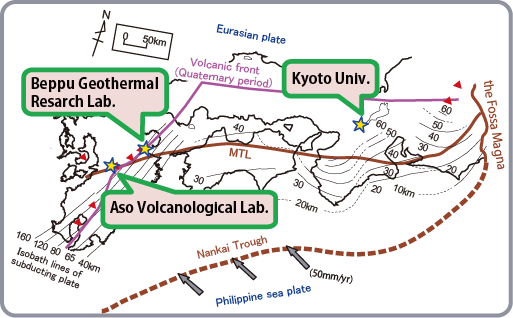
Beppu Geothermal Research Laboratory
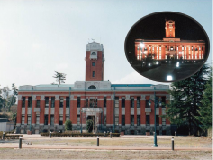
3088-176, Noguchibaru, Beppu, Oita 874-0903, Japan
TEL +81-977-22-0713
FAX +81-977-22-0965
Aso Volcanological Laboratory
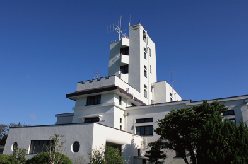
Click image to go to the AVL page.
5280-1, Kawayo, Minamiaso, Kumamoto 869-1404, Japan
TEL +81-967-22-0022
FAX +81-967-22-2153
Kyoto Branch Office
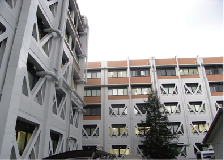
Kitashirakawa Oiwakecho, Sakyou, kyoto, Kyoto 606-8224, Japan
TEL +81-75-753-3938
FAX +81-75-753-3938